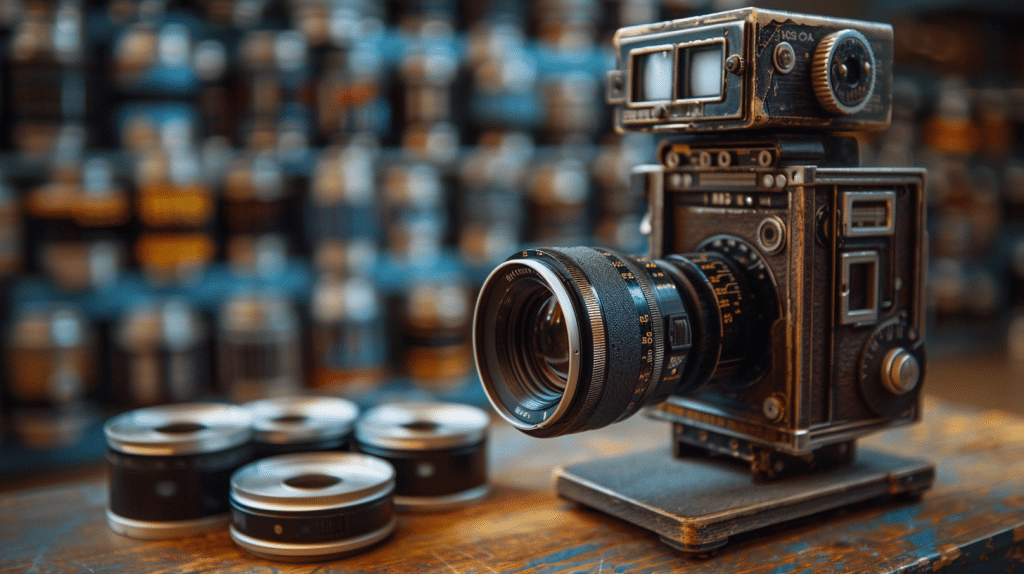Camera! Shaping the Art of Visual Storytelling

In today’s digital era, the camera stands as a pivotal tool in capturing the essence of visual storytelling.
From the intricate details of cinematography to the nuances of lighting and composition, the camera serves as the conduit through which narratives are brought to life on screen.
As technology continues to evolve at a rapid pace, professionals in the industry are constantly challenged to adapt and innovate.
The impact of these advancements on the art of filmmaking is profound, shaping not only how stories are told but also how they are perceived by audiences.
Table of Contents
Camera Technology Overview
Camera technology is a dynamic field that continuously evolves, pushing the boundaries of visual storytelling.
Advancements in technology have revolutionized the way stories are captured and presented. High-definition (HD) and 4K resolutions offer unparalleled clarity and detail, while digital video (DV) and 4-4-4 color sampling enhance color accuracy.
As the industry progresses, professionals must stay informed and adapt to these innovations to stay ahead in the competitive field of visual storytelling.
Camera technology continues to shape the way narratives are conveyed, inspiring creativity and pushing the limits of what is possible in filmmaking.
Professional Camera Operator Insights
Within the world of visual storytelling, professional camera operators serve as the visionary architects behind the lens, meticulously crafting compelling narratives through their keen expertise and unwavering dedication to the art of cinematography.
These skilled individuals live and breathe technology, constantly immersing themselves in discussions and equipment testing.
Engaging in shop talk, exploring dedicated magazines, and participating in forums are just a few ways they stay at the forefront of their craft.
With the rapid evolution of digital video technology, staying updated is a full-time commitment.
Production houses like Skillman Video Group play an essential role in helping navigate these changes.
Professional camera operators not only choose the right equipment for the job but also possess the knowledge and creativity to bring cinematic visions to life.
Digital Video Technology Trends
Amidst the ever-evolving landscape of digital video technology, current trends are shaping the future of visual storytelling with unprecedented innovation and sophistication.
From the rise of virtual reality (VR) and augmented reality (AR) in video production to the advancements in high-dynamic range (HDR) imaging and 360-degree video, the possibilities seem boundless.
The integration of artificial intelligence (AI) for video editing and the increasing demand for live streaming capabilities are revolutionizing how content is created and consumed.
Additionally, the emphasis on eco-friendly practices and sustainable production methods is becoming a significant trend in the industry.
As technology continues to push boundaries, embracing these trends is essential for staying ahead in the dynamic world of digital video production.
Share:
Search our blog:
Follow us on:
